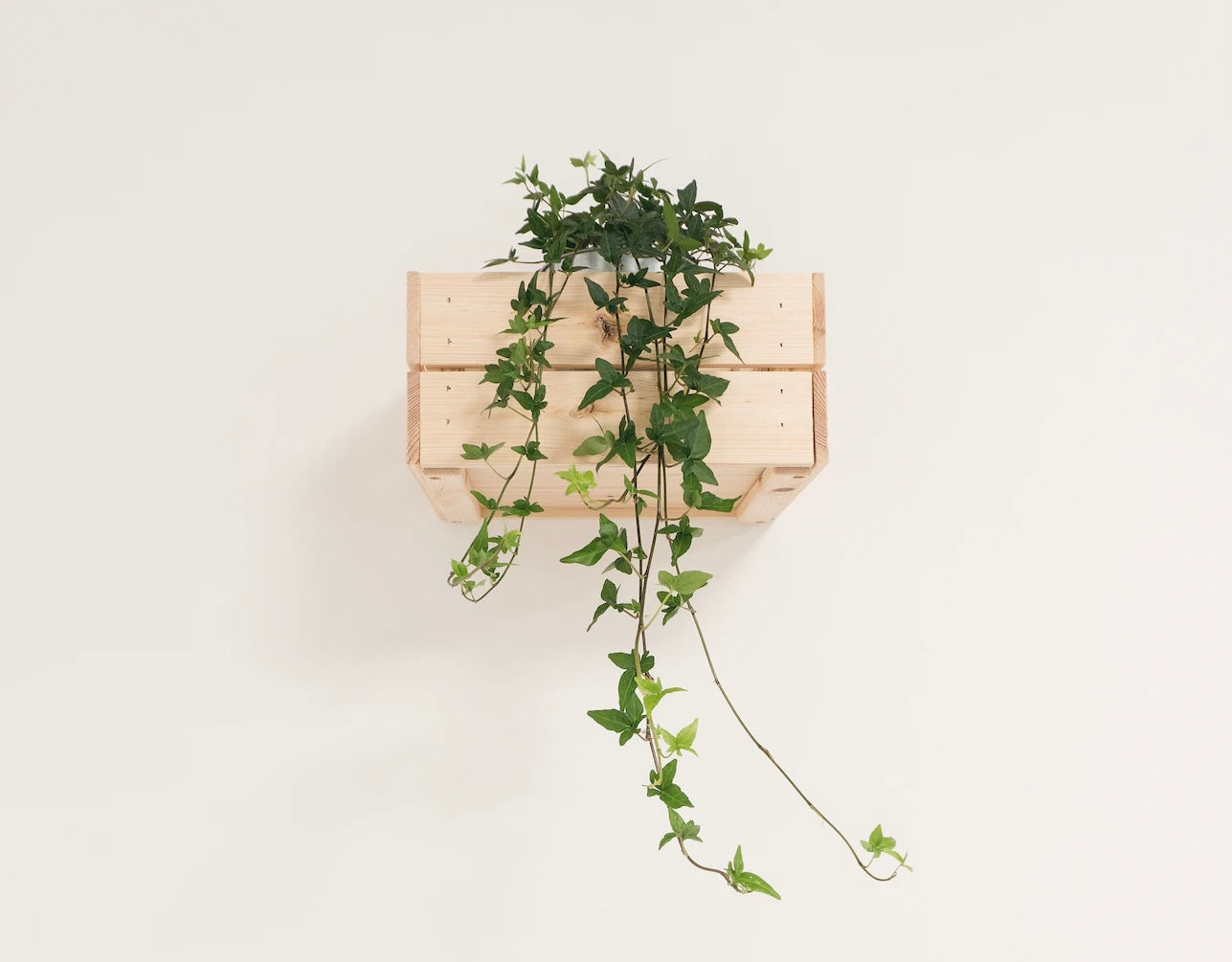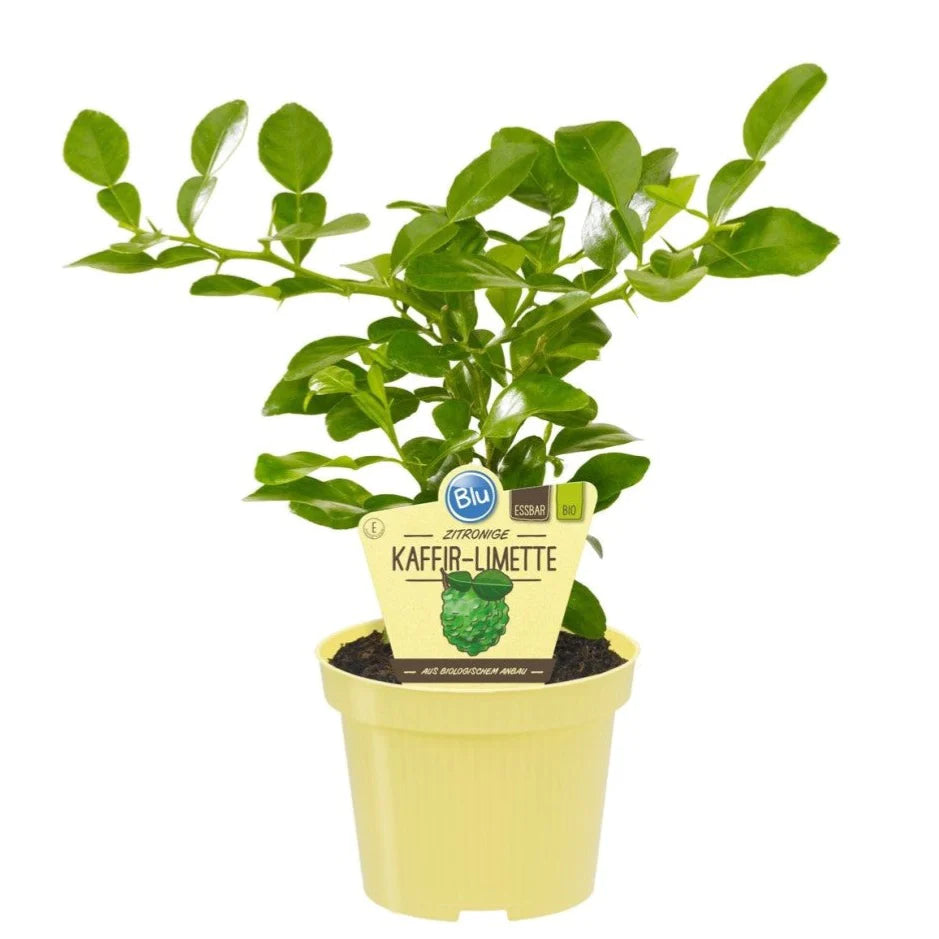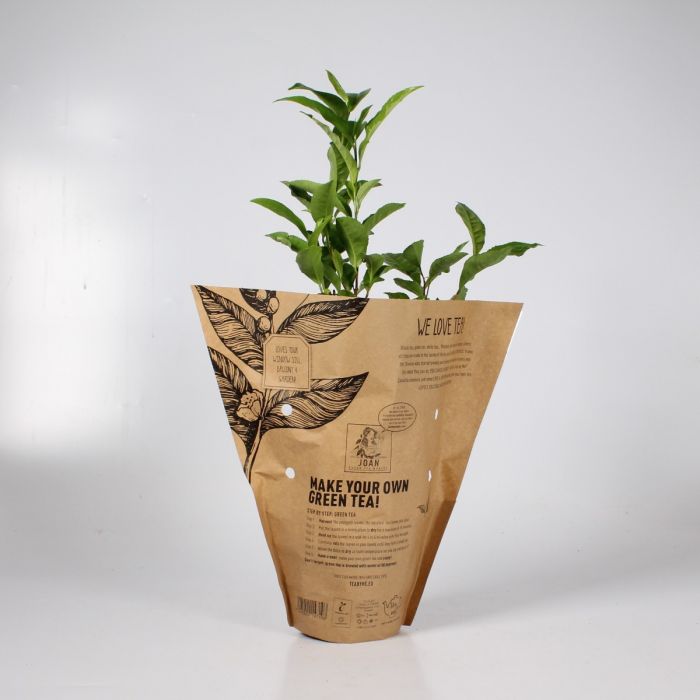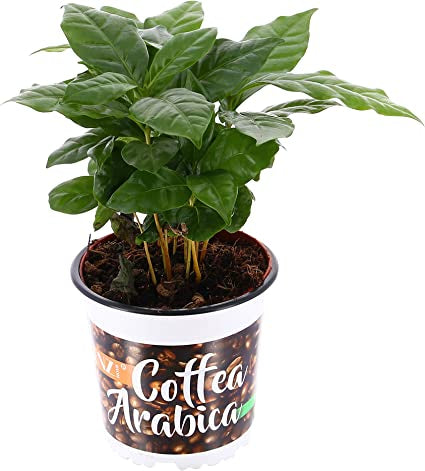Your Cart is Empty
FREE DELIVERY OVER £60
FREE DELIVERY OVER £60
PLANTS & FLOWERS
Office plants & Services
EXTERIOR PLANTING
CHRISTMAS TREES AND DISPLAYS
Ivy: The Versatile Indoor Vine Plant
6 min read

Ivy is one of the most popular plants among indoor gardening enthusiasts. It boasts an array of varied forms and species, satisfying even the most discerning plant lover's tastes. Ivy is easy to propagate, earning it a cherished spot in homes across the globe.
Sometimes referred to as "climber" due to its twining and clinging branches, ivy exhibits impressive growth indoors. Mature plants can extend their tendrils across walls and even ceilings, transforming any room into a lush green sanctuary. To support this sprawling growth, the plant needs either a vertical support like a stick or moss-covered tube or stretched cords.
In this article, we'll cover all the ins and outs of cultivating ivy in indoor settings. You'll learn how to promote the healthy growth of this versatile vine plant, turning your home into a vibrant indoor garden.
Hedera 'English Ivy' – An Evergreen Beauty for Your Indoor Space
Hedera helix 'English Ivy', a member of the Araliaceae family, is an evergreen, perennial climbing vine admired for its attractive and glossy, heart-shaped foliage. This versatile plant is native to Europe and Western Asia, adapting well to various indoor environments across the world.
The foliage of 'Emulish Ivy' is distinctive, characterized by its alternate, simple, ovate leaves with cordate bases. They are dark green in color, often variegated with white or yellow, adding an aesthetic appeal to indoor spaces.
This liana plant's stems exhibit a fascinating adaptation for climbing. They possess adventitious roots, which allow the plant to attach to surfaces and climb, displaying its natural trailing or climbing habit.
The plant's flowers are small, seldom seen when grown indoors, and collected in umbels. Each flower has a five-petalled corolla, with valvate aestivation and five stamens. The ovary is inferior, bearing a short style encircled at the base by a nectariferous disc. The fruits, when developed, are drupes.
Ultimate Care Guide for Hedera Helix: Indoor Cultivation Tips for Healthy English Ivy

Hedera helix, also known as 'English Ivy', is an attractive, versatile indoor plant popular for its low-maintenance care requirements and air-purifying properties.
Light Requirements
Hedera helix is flexible when it comes to light conditions. It can tolerate low light but thrives in bright, indirect light. Avoid placing your 'English Ivy' in direct sunlight, as it can scorch the leaves, leading to discoloration and potential damage.
Watering Needs
'English Ivy' prefers a good soak followed by a period of drying out. Allow the top inch of soil to dry out between waterings to avoid waterlogged soil and prevent root rot. However, don't allow it to dry out completely, as this can lead to leaf drop.
Temperature and Humidity
Hedera helix thrives in average room temperatures between 60-75°F (15-24°C). It also appreciates a higher humidity level, making it an excellent choice for kitchens or bathrooms. You can also use a humidifier or a pebble tray with water to increase the humidity around your plant.
Soil and Fertilizer
A well-draining potting mix is ideal for 'English Ivy'. A mix of peat moss, perlite, and compost creates the perfect environment for the plant. Fertilize with a balanced houseplant fertilizer once a month during the growing season (spring and summer).
Pruning and Training
Regular pruning encourages bushier growth. You can train your 'English Ivy' to climb a moss pole or let it trail from a hanging basket for a dramatic effect.
Propagation
Hedera helix is easily propagated. Cut a section of the stem just below a node, place it in water, and watch new roots grow. Once established, you can plant it in potting soil.
Pest and Disease Control
'English Ivy' is relatively resistant to pests and diseases. However, keep an eye out for common houseplant pests like spider mites and aphids.
With this detailed care guide, cultivating a healthy Hedera helix 'English Ivy' in your indoor space becomes easy and enjoyable.
Hedera Helix Propagation: Mastering Cutting, Shoots, and Layering Techniques

Effective propagation of Hedera helix, can be accomplished through a variety of methods, including cuttings, shoots, and layering. Here's a comprehensive guide to each method.
Propagating from Cuttings
A common propagation method for 'English Ivy' is through stem cuttings. These are usually planted in 7cm pots, 2-3 per pot, and covered with a plastic film to maintain humidity. The potting mix is prepared from leafy soil and sand. Cuttings with aerial roots often root better. However, garden varieties with variegated leaves can be more challenging to root.
Propagating from Shoots
You can also propagate 'English Ivy' through entire shoots. Lay a shoot with 8-10 leaves onto sand, pressing it in such that the leaves remain on the surface. After about ten days, subterranean roots form from the aerial root nodes near the buds. After this, remove the shoot from the sand and cut it such that the cuttings each have one leaf and roots. Sometimes, it is sufficient to cut a shoot with attached roots of about 10cm in spring or summer. You can then plant it indoors or outdoors, where it will quickly take root.
It is not always necessary to keep the cutting in water until roots appear. It can be beneficial to treat cuttings with a rooting hormone powder. In some cases, cuttings without attached roots may take longer to root — perhaps the only minor disadvantage of 'Devil's Ivy'.
Propagation by Layering
Layering is another effective propagation method for 'EEnglish Ivy'. Long, trailing shoots are buried after making a cut on their underside, and then secured in the soil using U-shaped pins. Once the new plants take root, they are gently separated and transplanted.
Hedera Helix 'English Ivy' Repotting
Learn how to properly repot your Hedera Helix plant for optimal health and growth. Discover the signs your plant needs repotting, best times to do it, and step-by-step guide to make the process easy and effective.
Over time, plants like Hedera helix, draw out nutrients from their soil, gradually depleting it. To ensure optimal nutrition for your 'English Ivy', periodic repotting into fresh soil of the same composition, or a revised one if needed, is beneficial. Repotting is recommended when the plant's growth has stalled, its leaves are wilting, or its roots have engulfed the entire soil ball or created a 'felt' of fine roots.
Preparing for Repotting
Before repotting, water the plant generously to moisten the entire soil ball. After gently shaking the plant and soil ball out of the pot, assess the need for repotting. If 'Devil's Ivy' does not require immediate repotting, a 're-potting' can be done: the soil ball is kept intact, and the plant is moved to a slightly larger pot (2-3 cm bigger) with additional soil. This process can even be performed during flowering without hindering the plant's growth.
When to Repot Hedera Helix
'Repotting' English Ivy is usually carried out in the spring, in March or April. The first signs suggesting the need for repotting include roots growing through the drainage holes and the plant's slowed development.
Repotting Process
A drainage layer is placed at the bottom of the pot to allow water to freely percolate through the soil and air to easily reach the roots. Adding a layer of chopped peat moss on this layer can help prevent soil from clogging the drainage hole at the bottom of the pot.
During repotting, it's crucial to ensure the root collar of 'English Ivy' is neither buried in soil nor protruding out. There should also be no air pockets in the soil. After repotting or 're-potting', compress the soil around the stem with a stick or index finger, leaving the pot's sides free for watering. The plant is then watered, misted, and placed in a warm area away from drafts and direct sunlight.
Identifying and Addressing Common Pests and Diseases in Hedera Helix 'English Ivy'
Hedera Helix, can sometimes fall prey to various pests and diseases. Early detection and swift action can help maintain the health and longevity of your plant.
Spider Mites
These pests can be found on the underside of young leaves or at the tips of shoots. Affected leaves often display yellowish spots and patches. Severe infestation leads to the formation of a thin white web between the leaves and stems. Infected leaves may turn mottled, yellow, and drop prematurely.
Red Spider Mites
This mite species bores into the stem's skin, causing damage and leaving uneven gray-brown spots. It reproduces quickly and can severely impact 'Devil's Ivy'.
Mealybugs
Female mealybugs lay their eggs in white, cottony masses along the leaf veins. They excrete a sticky substance called 'honeydew', which encourages the growth of sooty mold and tarnishes the plant. By sucking the sap of young shoots and leaves, mealybugs can significantly stunt the plant's growth.
Scale Insects and False Scales
These pests inhabit both the underside and topside of leaves, branches, and plant stems. Only young larvae move about the plant, attaching themselves to various parts. In heavy infestations, leaves (along the veins) and plant stems may appear coated with a bloom formed by large clusters of scale insects. This can hinder growth and development; leaves may yellow and fall prematurely. Scales and false scales also produce honeydew, promoting sooty mold growth and further damaging the plant.
Staying vigilant and taking immediate action when these pests and diseases appear can keep your ivy plant flourishing and thriving indoors.
Leave a comment
Comments will be approved before showing up.
Subscribe
Sign up to get the latest on sales, new releases and more …












































